|
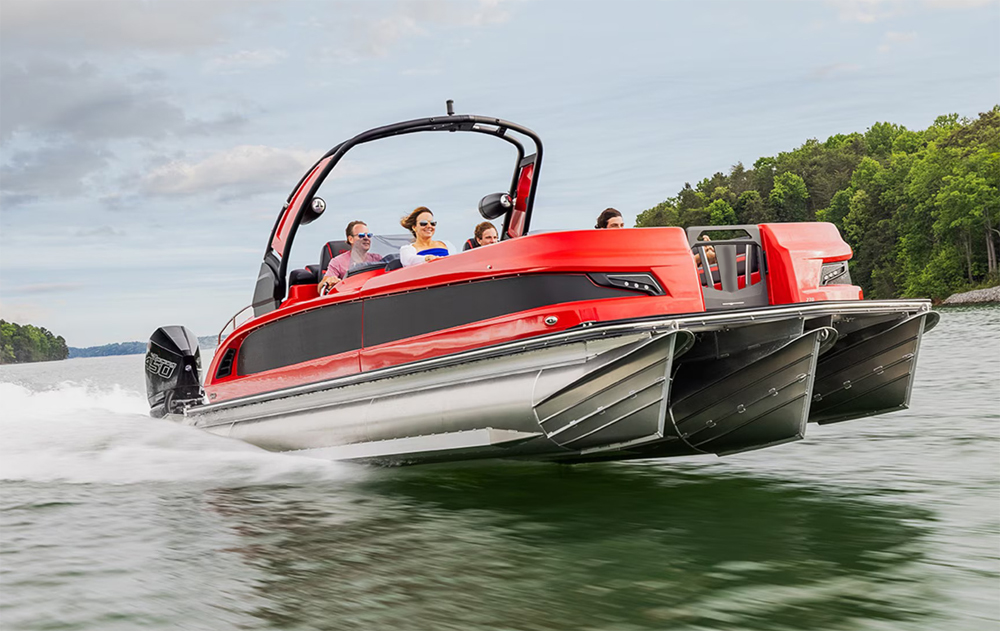
Figure 1 - Common pontoon
boat designs are a tunnel hull/catamaran with two sponsons ('tubes') or
a trimaran with three hulls (outboard sponsons + centerpod) called
'tri-toons'.
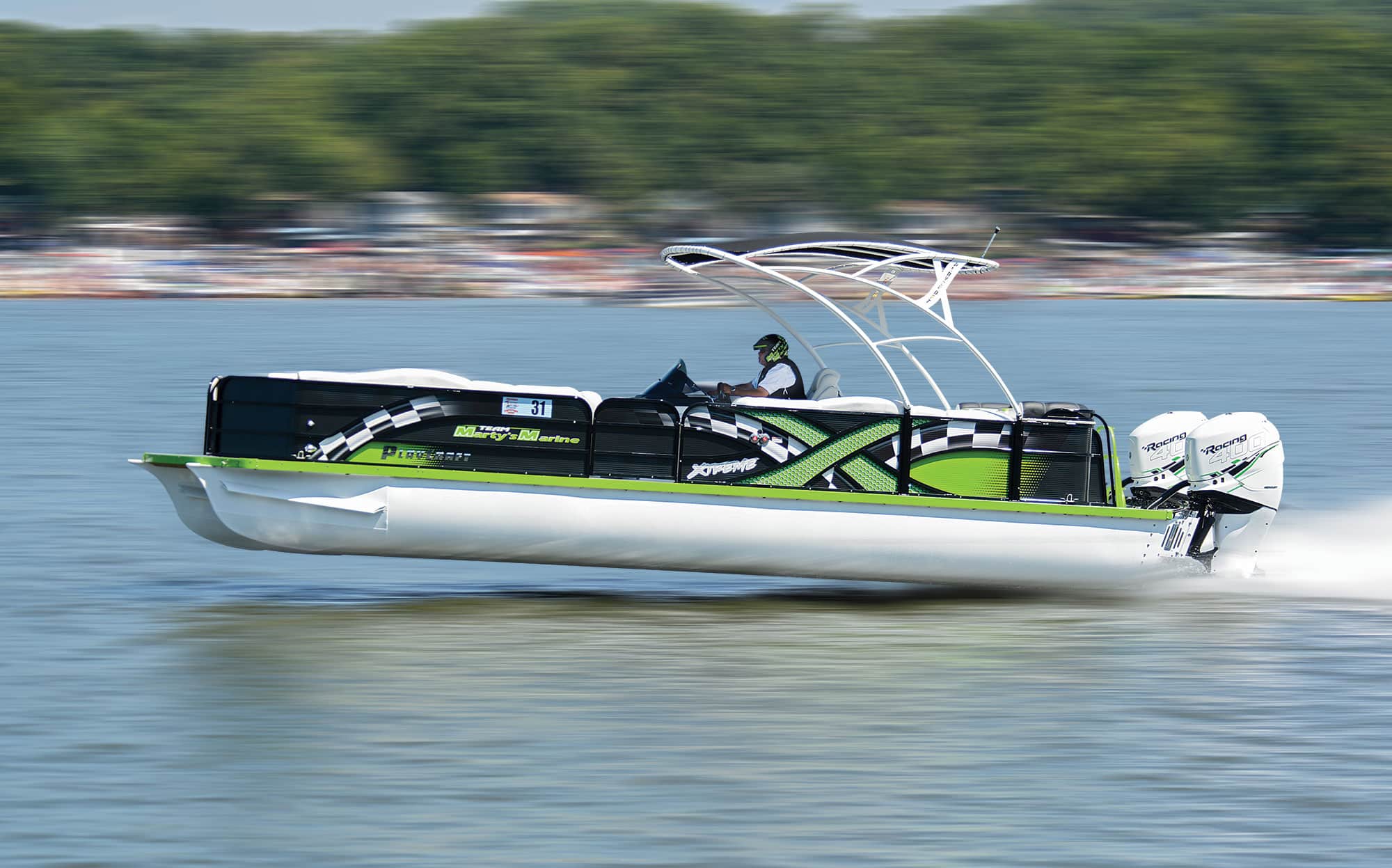
Figure 2 -Some fast pontoon boats have achieved
super-performance and speeds in excess of 100mph!
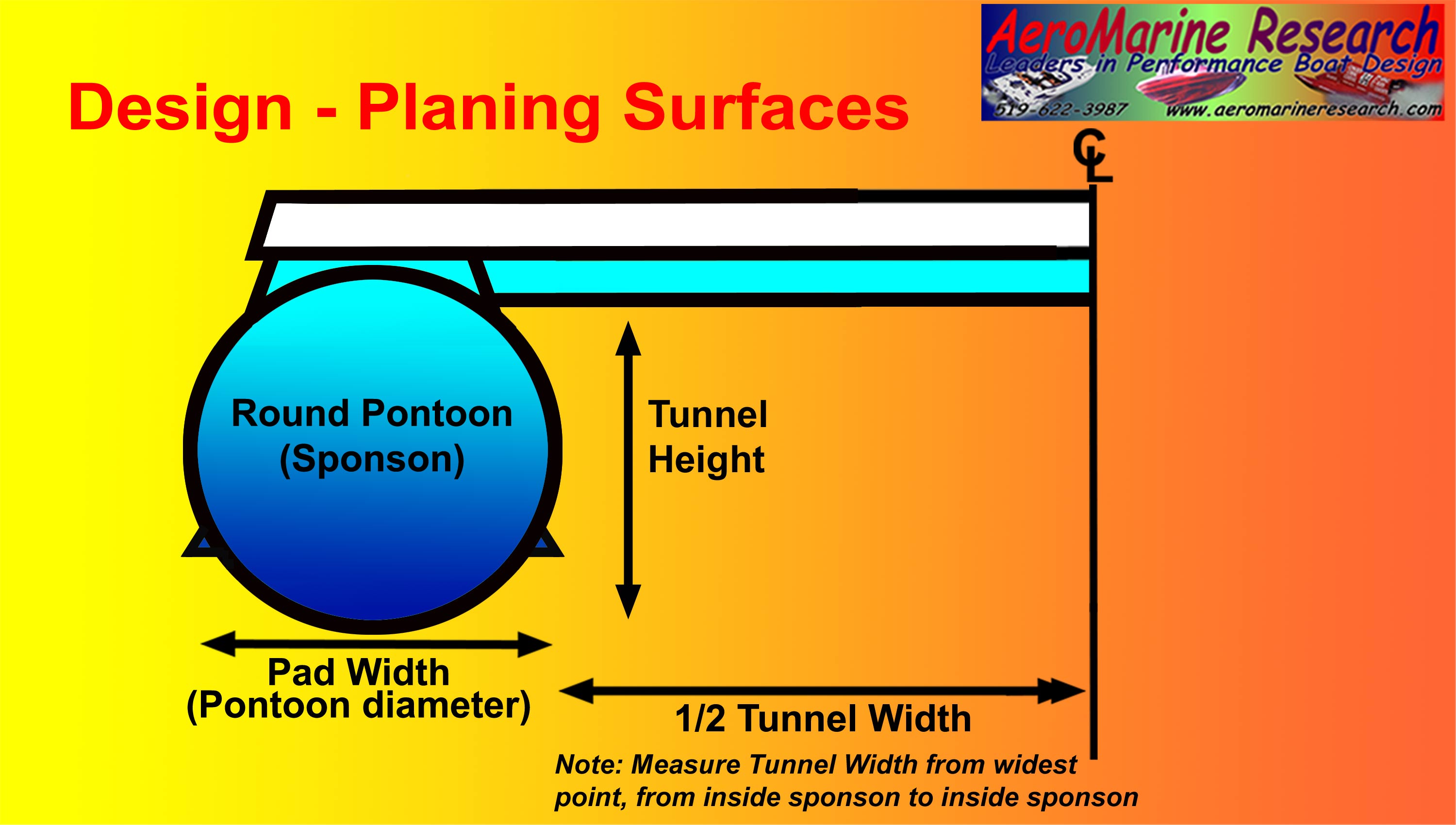
Figure 3 -Tunnel height, pontoon diameter and tunnel
width can optimze pontoon hull performance
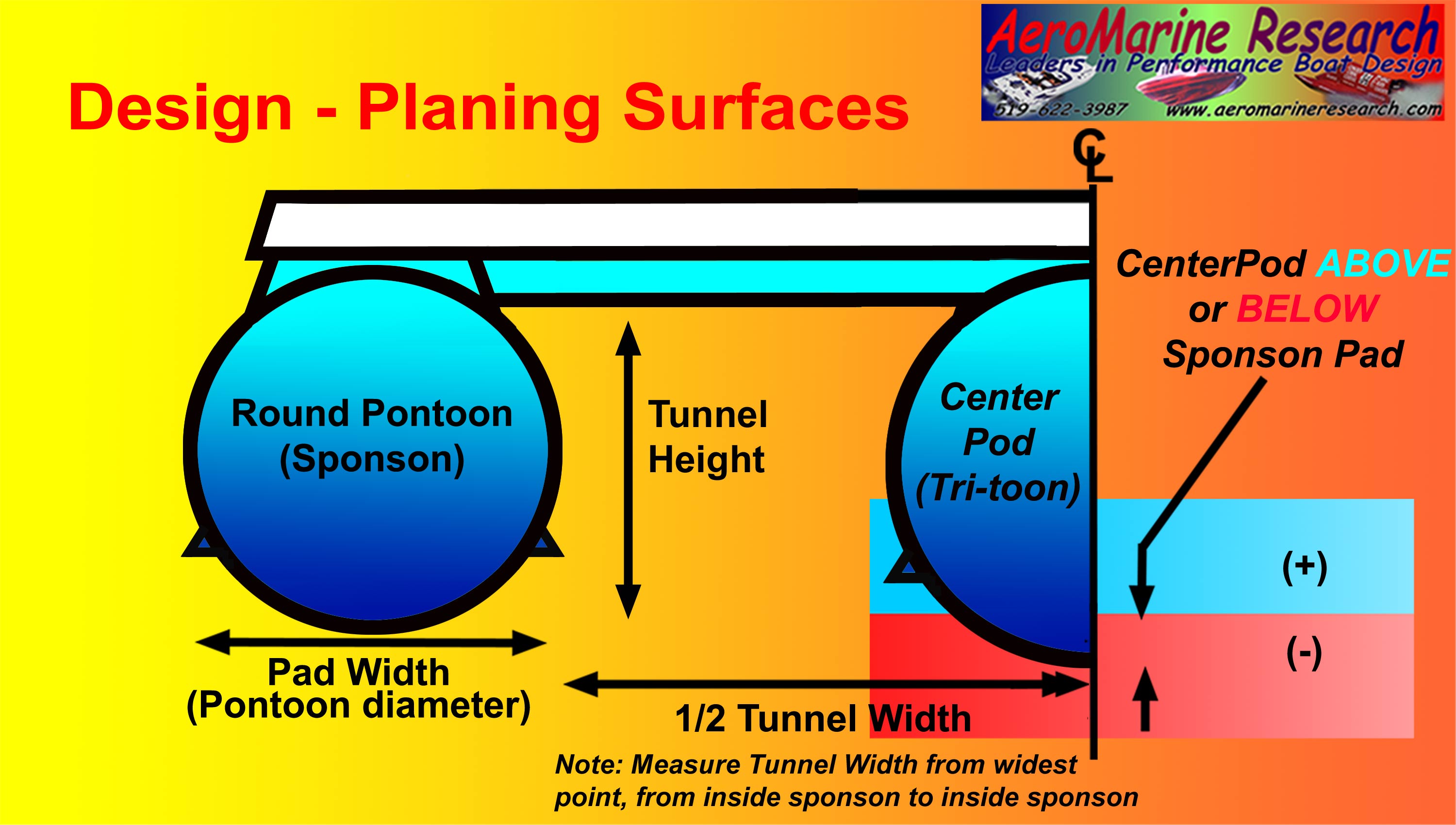
Figure 4 -Tri-toon hull designs can provide additional
stability and weight support to accomodate multi-engined, higher HP
installations.

Figure 5 -Effective Deadrise can be evaluated by looking
at all of the local deadrise angles throughout the full 'wetted surface'
area of the circumference sector.
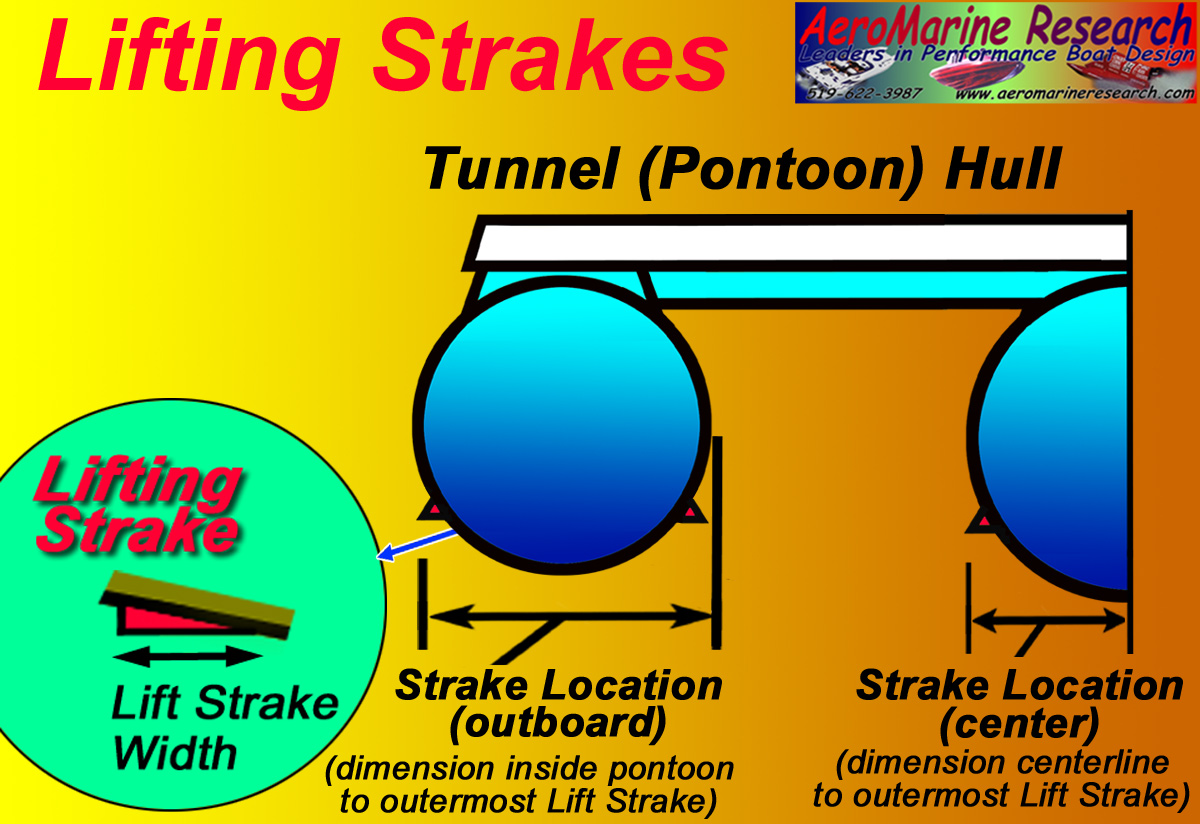
Figure 6 -Lifting Strakes on outboard pontoon sponsons
and/or centerpod pontoon can improve 'effective deadrise' and overlal
hydrodynamic lift efficiency |
|
AR® has developed advanced analysis techniques that accurately calculate
the performance features of 2-tube pontoon or 3-tube tri-toon catamaran
hulls.
Pontoon boats are no longer just slow, heavy,
multi-seated, displacement mode, 'party boats'. Pontoon boats are no
longer just slow, heavy, multi-seated, displacement mode, 'party boats'.
Common pontoon boat designs are a tunnel hull/catamaran with two sponsons
('tubes') or a trimaran with three hulls (outboard sponsons + centerpod)
called 'tri-toons'. Pontoon boats commonly have 2 or 3 large-diameter
round PVC/aluminum 'tubes' with large decks that accommodate many
passengers. the hull is effectively a 'tunnel hull' concept with little
aerodynamic benefits from deck surfaces due most all of the upper surfaces
allocated to seating or entertainment features. Availability of large hp
outboard motors make even these heavier, entertainment-oriented boat
capable of high speeds.
Pontoon boats can be easily represented
in TBDP/VBDP by modelling using the provided standard design template
'Round Pontoon Boat', or configuring a 'Tunnel Hull' with 'Sponson Type' =
'Round Pontoon'.
Performance analysis of Pontoon style hulls,
until now, has been very difficult to model. Round pontoon-style sponsons
behave much differently, hydrodynamically, than flat bottomed sponsons.
For example,
- What is the 'deadrise' angle of
planing surfaces when the sponsons are a 'Round Pontoon' shape?
- How does a centrally-located pontoon
contribute to low speed and high speed performance?
- What if the center round pontoon
height is different than the outboard round pontoons?
- Does 'strakes' on round pontoons
affect lifting performance?
AR® has developed unique engineering
techniques that accurately represent the complex behaviour of round
'pontoon' sponsons and even and 'tri-toon' configurations. A tricky
challenge of performance analysis of the pontoon sponson design is this...
Deadrise Changing - The round-bottomed sponson shape are not as
efficient as flat-bottomed planing surfaces. Even these round surfaces
can generate 'planing-mode' hydrodynamic lift, and the wetted surface
needed to support hull weight decreases as speed increases. As the hull
rises with reducing planing surface, the portion of the round pontoon
circumference that is wetted changes. The portion of the wetted pontoon
circumference that is high on the pontoon, say close to 90degree point on
its radius, has a very high local deadrise - close to 90 degree deadrise!
The lowest point on the radius, close to the bottom or 0degree point of
radius has a very low local deadrise. When much of the pontoon radius is
wetted, the effective deadrise is very difficult to calculate. depending
on where we look on the lifting surface circumference, some parts of the
lifting surface have high local deadrise and some parts of the
circumference have a low local deadrise. But all of the 'wetted' surface
area, from the 0 degree point of radius up to the highest degree point of
the wetted radius (at bWidthwet)
are contributing to Lift and should be included in the analysis. The amount of the radius of the pontoon
that is wetted changes with the hull speed.
It's important to know what the deadrise
is at each point on the circumference, and it's important to know how much
of the pontoon circumference is wetted at any speed. lower deadrise
lifting surfaces have higher lift coefficients (CLW) generating higher
lift, while higher deadrise surfaces have lower lift coefficients and
generate lower lift.
Let's
say at some selected speed, the round pontoon is wetted from 0 degrees around to the
30 degrees point on the radius. We can calculate the angle (degrees)
of the pontoon circumference that are wetted through our analysis of
bWidth (wetted planing width) Some of this wetted surface is high deadrise and
some is lower deadrise. We can calculate the 'Average Effective Deadrise'
of the wetted section of the round pontoon by 'integrating' the sum of all the
contributing deadrise elements of the wetted circumference. [OK,
it's tricky, but we've figured it all out, so
TBDP/VBDP can do
all the hard engineering calculations for you.]
Effective deadrise = ∫ f(x,b,tan(αx), …
where x=pontoon radius, b=bWidth (wetted width);
αx=angle of radius
(arc) of circumference
from
a=radius (0 degrees) to b=wetted radius (degrees)
How it
Works - Due to changing lifting surface shape of
this design feature when the planing width 'bWidth' changes, the
'Effective Deadrise' angle of lifting surfaces is complex and variable.
This can affect all lifts/drags and other performance results. For
example, for a 24ft-4in tri-toon hull with 2x25inch diameter outboard
round pontoons and a 27inch diameter round centerpod pontoon, powered by
2X Merc 400hp outboards might see sponsons that perform as - at 75 mph the
'Pad Deadrise' AVERAGE effective deadrise is 13.6 degrees and at 50.0 mph
the AVERAGE effective deadrise is 30.1 degrees. At 75 mph the 'Pod
Deadrise' AVERAGE effective deadrise is 20.6 degrees and at 50.0 mph the
AVERAGE effective deadrise is 30.1 degrees.
Wetted Surfaces
- Hydrodynamic
drag is made up of 'Friction Drag', 'Induced Drag', 'Profile Drag',
and 'Spray Drag'. With 'Round Pontoon' shaped lifting
surfaces, the Friction drag analysis must accomodate an increased surface
wetted area simply because of the circular surfaces, compared to
conventional flat lifting surfaces. Wetted width, bWidth, isn't just
a straight, flat surface when using a pontoon configuration, so the wetted
dimension of the
circular arc that is defined by the bWidth is considered for calculating
total wetted surface. (see Figure 5, above).
Aerodynamic Lift of Pontoon boats - Pontoon style hulls
are normally configured with large decks that accommodate many passengers,
with exposed structures to reduce weight. This style of construction
makes the pontoon hull quite aerodynamically inefficient. There is some aero
lift generated, however. If high-performance is the design goal, there
are design accommodations that can be addressed to optimize aero
performance:
- Reduced deck area - increases
aerodynamic potential if some deck surface area remains
aerodynamically clean and uncluttered.
- Skinned tunnel roof - skinning over
structural members that support the deck surface such that tunnel roof
(underside of deck surface)
is smooth and unobstructed
- Lifting strakes - effectively positioned strakes on (both) sides of round pontoons will increase 'effective deadrise' and improve hydrodynamic lift
- Reduced cockpit/center console width
- will reduce cockpit drag and increase aerodynamically available deck
surfaces.
- Reduced tunnel height - increases ground effect lift contribution
Tritoon vs Pontoon - A tritoon is a triple-hull
pontoon boat. Instead of having two large tubes beneath
the deck, a tritoon has a third tube in the center that distributes weight
more evenly over the water and provides additional hydrodynamic lift. This added stability and structure also means
the boat can accomodate more weight, and more horsepower with multi-engine
installations.
The 'Pod Height' of the center
pontoon can be optimized for stablity, speed and handling, effectively
reducing load on outboard sponsons at higher velocities.
Tunnel Height - pontoon catamarans have difficulty generating high aerodynamic lift. A
contributing reason to this is the typical design of tunnel height at the
approximate pontoon diameter, for structural build reasons. there are ways
to make the tunnel roof lower, for a reduced tunnel height, which will
generate higher aerodynamic lift due to ground effect. this design
approach is usually somewhat costly, but will achieve higher performance
as a result. there are, of course, downsides to a smaller tunnel height,
such as more exposure to wetting in wavy conditions.
Strakes with Pontoons - lifting strakes can improve round
pontoon performance by reducing the 'effective deadrise' angle, thus
increasing Lift coefficient (CLW) and overall hydrodynamic Lift. More than
1 lift strake (on each side of pontoon) can cause interference and
actually increase drag, so multiple lift strakes is not recommended. AR®
analysis procedure can calculate the effect of strakes on the round
pontoon lifting surface, including effect of when the strakes are wetted
or unwetted, based on wetted bWidth.
Steps
with Pontoons - Not normally used - When using 'Round
Pontoon' lifting surfaces, functional steps are difficult to accommodate
in the configuration. If specified in , caution should be used.
[Note: All of these influencing
dimensions, forces and factors are calculated by TBDP©/VBDP©
software for complete performance analysis of multi-step design].
TBDP©/VBDP©
provides
a performance analysis report for the full operating velocity
range that includes required trim angle, dynamic stability, changing wetted
lengths for each pontoon, lifting strake performance - even highlighting the velocity at which each
strake becomes 'unwetted' or not.
|







